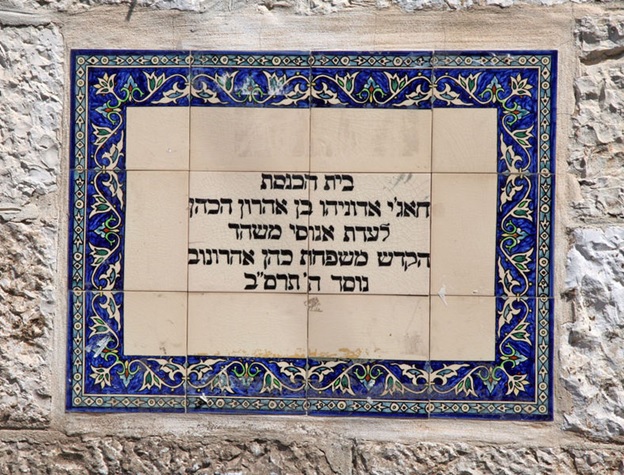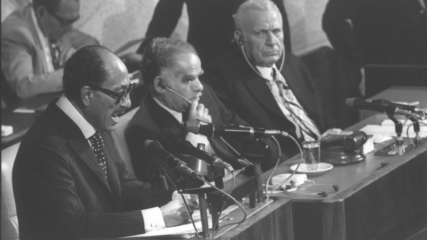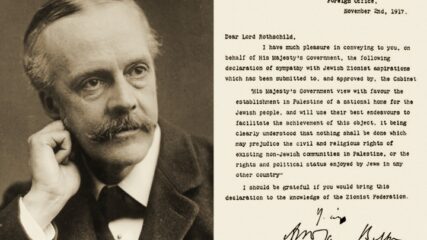March 27, 1839
Jews first settled in the northeast Iranian city of Mashhad (then the capital) in 1741 (some sources say 1735), when approximately forty families were relocated by the Persian ruler Nader Shah from other parts of Iran. Nader Shah uprooted the Jews so they could guard the treasures he had brought to Mashhad after conquering India. He chose the Jews for this work, because, as a Sunni Muslim, he did not trust the local Shiite population with his treasure. Mashhad’s status as a holy Muslim city meant that it was closed to non-Muslim settlement, therefore the Jews settled in a special district called the ʿīdgāh, meaning “place of celebrations.”
Mashhad’s Jewish community grew and prospered as merchants and traders, but was almost entirely segregated from the Muslim residents of the city. In addition to their economic prosperity, Mashhad’s Jews also developed a considerable Jewish life and education system.
The tensions between the local Shiite population and the Jews erupted on March 27, 1839. After an alleged misconduct by a Jewish woman, the ʿīdgāh was attacked by a mob. Between thirty and forty Jews were killed, the synagogue was burned, homes were looted and children were abducted in the violence that followed. Following the riots, the entire community of nearly 2,400 Jews was forced to convert to Islam, an event which became known as the Allahdad. As had been the case in Spain in the 15th century, most of those who converted continued to practice Judaism in secret. The new converts were known as Jadīd al-Islām (“new to Islam”). Some Jews left Mashhad and settled in Herat, Afghanistan, in order to escape conversion, while others went to Teheran or abroad.
There were further organized attacks against Jews in 1891 and 1902, which led to further emigration of Jews from Mashhad. When Reza Shah Pahlavi became the ruler of Iran in 1925, things improved for the Jews in Iran and Mashhad and some began practicing Judaism openly again. Following a wave of anti-Semitism in 1946, most of the Jews, as well as the Jadīd al-Islām, left Mashhad for Teheran, and after 1948 to Israel.
The photo shows a plaque at the Haji Adoniyah Synagogue in Jerusalem, which was created by Jadīd al-Islām from Mashhad in 1902. The plaque reads: “The synagogue of Haji Adoniayahu son of Aharon Hacohen of the Crypto-Jews of Mashhad, dedicated by the Cohen Aharon family in 1902.” Photo Source: Wikimedia Commons, Tamarah










